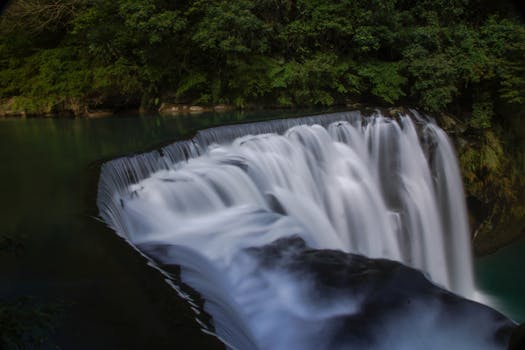
1. The Grand Canyon, USA
The Grand Canyon is a breathtaking natural wonder located in Arizona, carved by the Colorado River over millions of years. Spanning 277 miles long, up to 18 miles wide, and a mile deep, the canyon offers stunning views and a diverse range of ecosystems. Travelers can hike the trails, take a guided rafting trip, or simply enjoy the spectacular sunrises and sunsets. A must-visit spot within the Grand Canyon is the South Rim which features scenic overlooks and visiting centers.
2. The Great Barrier Reef, Australia
The Great Barrier Reef is the largest coral reef system in the world, stretching over 1,400 miles along the Queensland coast. This UNESCO World Heritage site is home to an incredible diversity of marine life, including thousands of species of coral, fish, and other sea organisms. Visitors can snorkel, dive, or opt for a scenic helicopter tour to witness this vivid underwater paradise. For any nature lovers, the GBR is an unforgettable experience bonded with environmental significance.
3. Northern Lights, Iceland
Visible predominantly during the winter months, the Northern Lights (Aurora Borealis) are awe-inspiring natural displays that dance across the night sky. Iceland is one of the best places to witness this phenomenon due to its dramatic landscapes and minimal light pollution. The vivid colors painted across the skies are a magical show that captivates anyone fortunate enough to see it live. Popular spots to catch this spectacle include Reykjavik and Golden Circle tours that take you to prime viewing locations.
4. Pompeii, Italy
The ruins of Pompeii are a unique geographical landmark that presents an extraordinary window into history. Abandoned in AD 79 following the eruption of Mount Vesuvius, this ancient Roman city is perfectly preserved beneath volcanic ash. Visitors can explore well-preserved buildings, streets, and remarkably vivid frescoes that narrate the stories of the city’s inhabitants. The haunting yet captivating experience makes Pompeii a top historical geographic attraction for those who are interested in the intersection of nature and civilization.
5. Salar de Uyuni, Bolivia
Sitting at 12,000 feet above sea level, Salar de Uyuni is the largest salt flat in the world. After rain, it transforms into a mesmerizing mirror effect that reflects the sky, creating a near-infinite horizon where land and sky reconcile. A trip to this spectacular location often includes a sparkling sky often perceived to be seamless between earth and sky. Unique hotel experiences in the salt ecosystem make Uyuni an enjoyable stop for travelers chasing stunning photographic scenery and extraordinary landscape upheavals.






